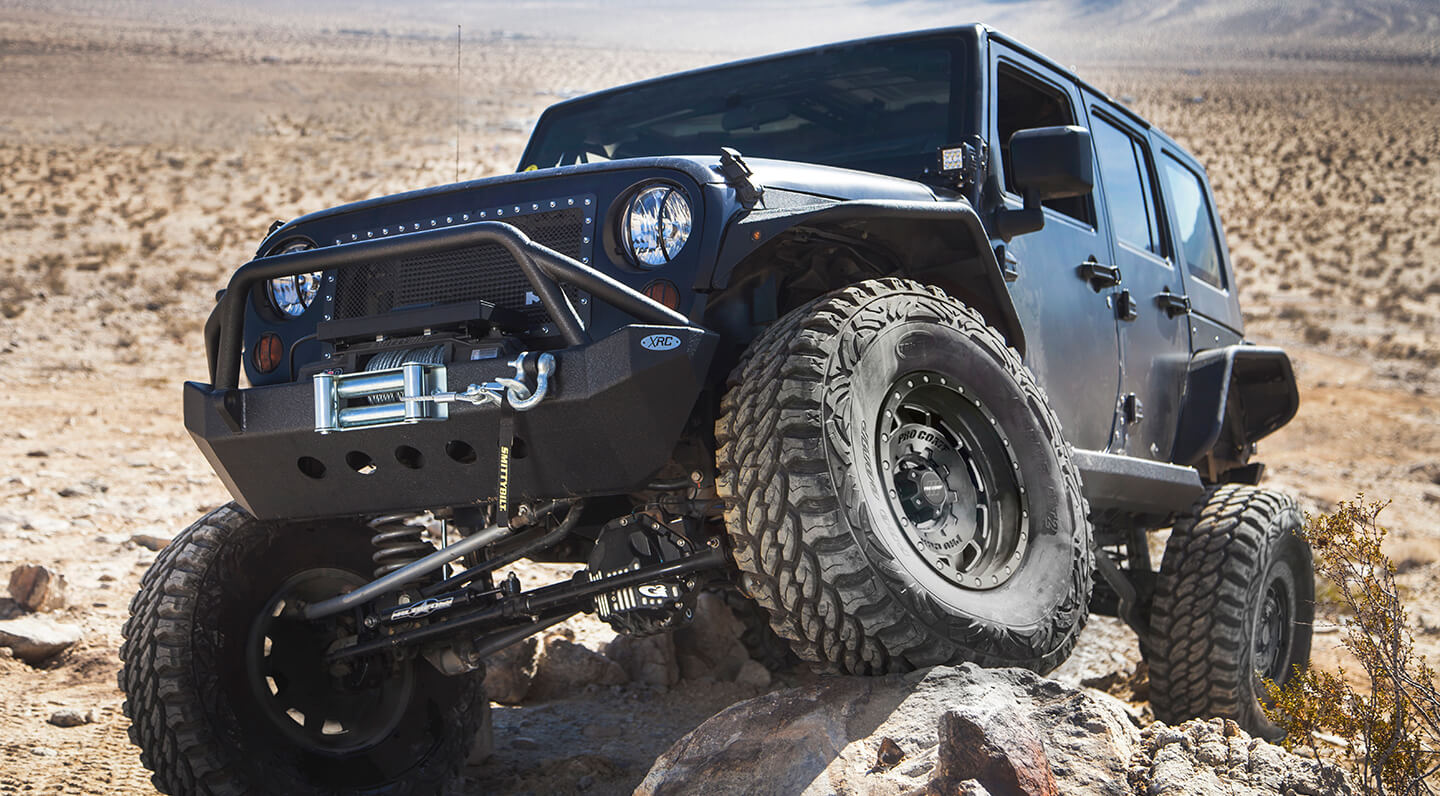
How To Pick The Right Tire For Your Truck, Jeep, SUV, Or 4×4
Tires are the single-most-important item that you can buy for your truck, Jeep, 4X4, or SUV. You can add all the armor, bumpers, lockers, and light bars that you want. But tires are the only part of your vehicle that touches the ground. The wrong tires struggling for grip can make all your other modifications worthless. Even dealing with the wrong tires on the street can be a severe headache. And tires aren’t exactly cheap either. So you really don’t want to pick the wrong ones.
Looking at all the tire options out there makes things even more confusing. There is everything from super-aggressive mud-terrain tires to mild street-orientated tires. So how do you pick the right ones? Well, don’t panic, we are here to help. We will walk you through what to consider when looking for a set of tires for your truck, Jeep, 4×4, or SUV. And, we will take a look at each category of tires to see if they might be right or you. Read on to find out more.
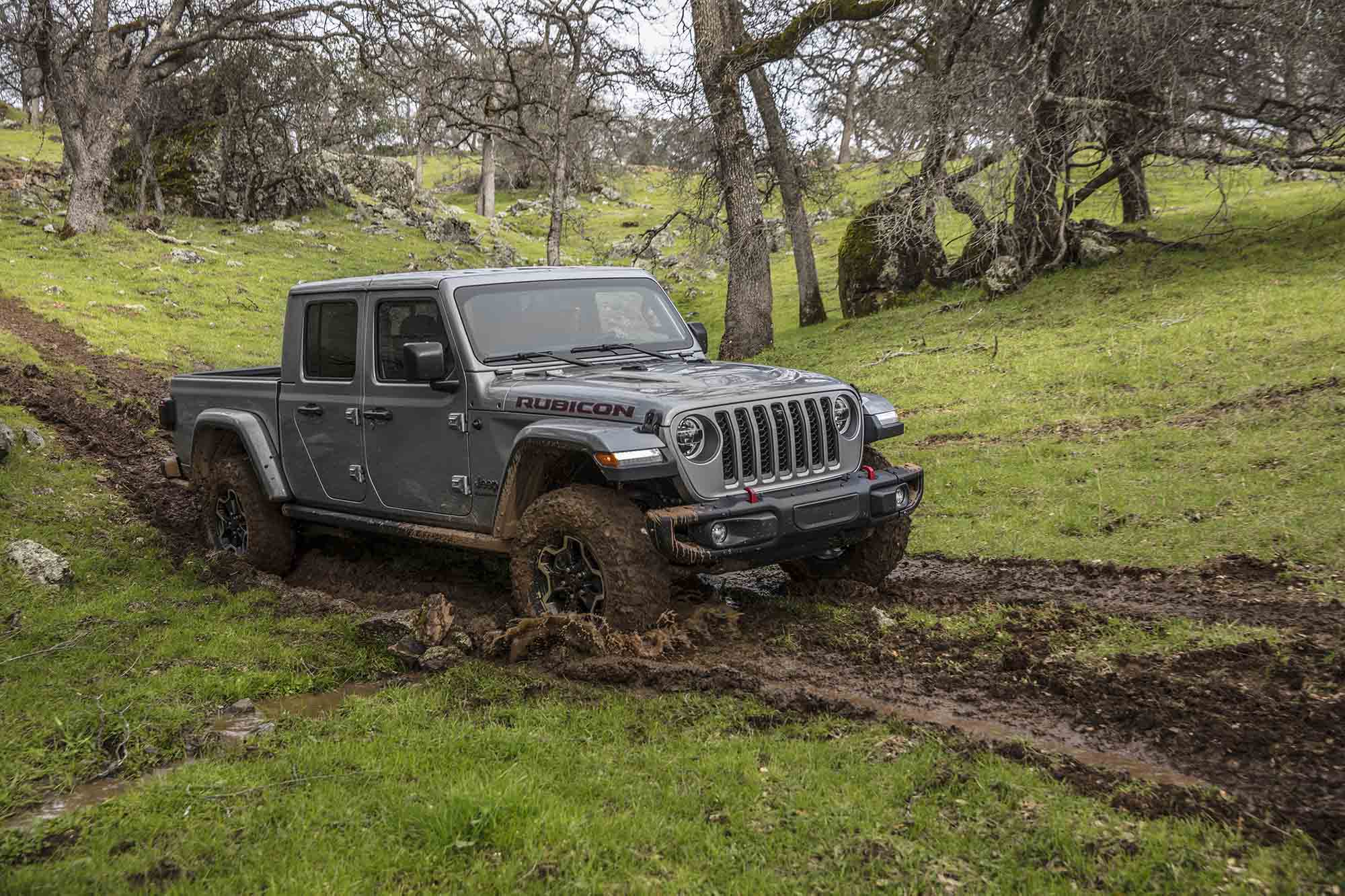
Figuring out what terrain your vehicle will spend a lot of time in is an important step. We have seen plenty of people run mud-terrain tires that never encounter mud. Selecting a tire on looks alone is a sure step to being unhappy.
Determine What Is Important To You In A Tire
One of the first steps to picking out a tire is to figure out what is most important to you. Are you looking for a tire that is quiet on the street? Do you need a tire that can take on the stickiest of mud? Is tread life important to you? Do you want a quiet tire? Or are you looking for a tire that performs on hardcore technical terrain?
All of these are important questions that only you can answer. Why are you the only one that can answer them? Because everybody has different needs and only you know how you use your vehicle. You can ask your friends what tires they like. But if they don’t use their rig how you do, their opinions won’t help that much. Once you figure out what is essential in a tire, you can narrow down your choices.
Figure Out What Terrain You Will Be On The Most
A huge factor in picking the right tires is what kind of terrain you will encounter. Are you going to be on muddy trails regularly? What about the snow? Or do you live somewhere that it hardly ever rains? Is your vehicle going to be on pavement the vast majority of the time? Answering these questions will help you match your new tires to the terrain.
The key to tire happiness is being honest in answering these questions. Most of us instantly gravitate toward mud-terrain tires. Their aggressive tread patterns look great on almost any rig. But if you put lots of pavement miles on your vehicle, that fast-wearing and noisy mud-terrain tire isn’t going to be a good pick. Tires are like a long-term relationship. If you pick ones out on looks alone, they are likely not going to be a good match in the long run.
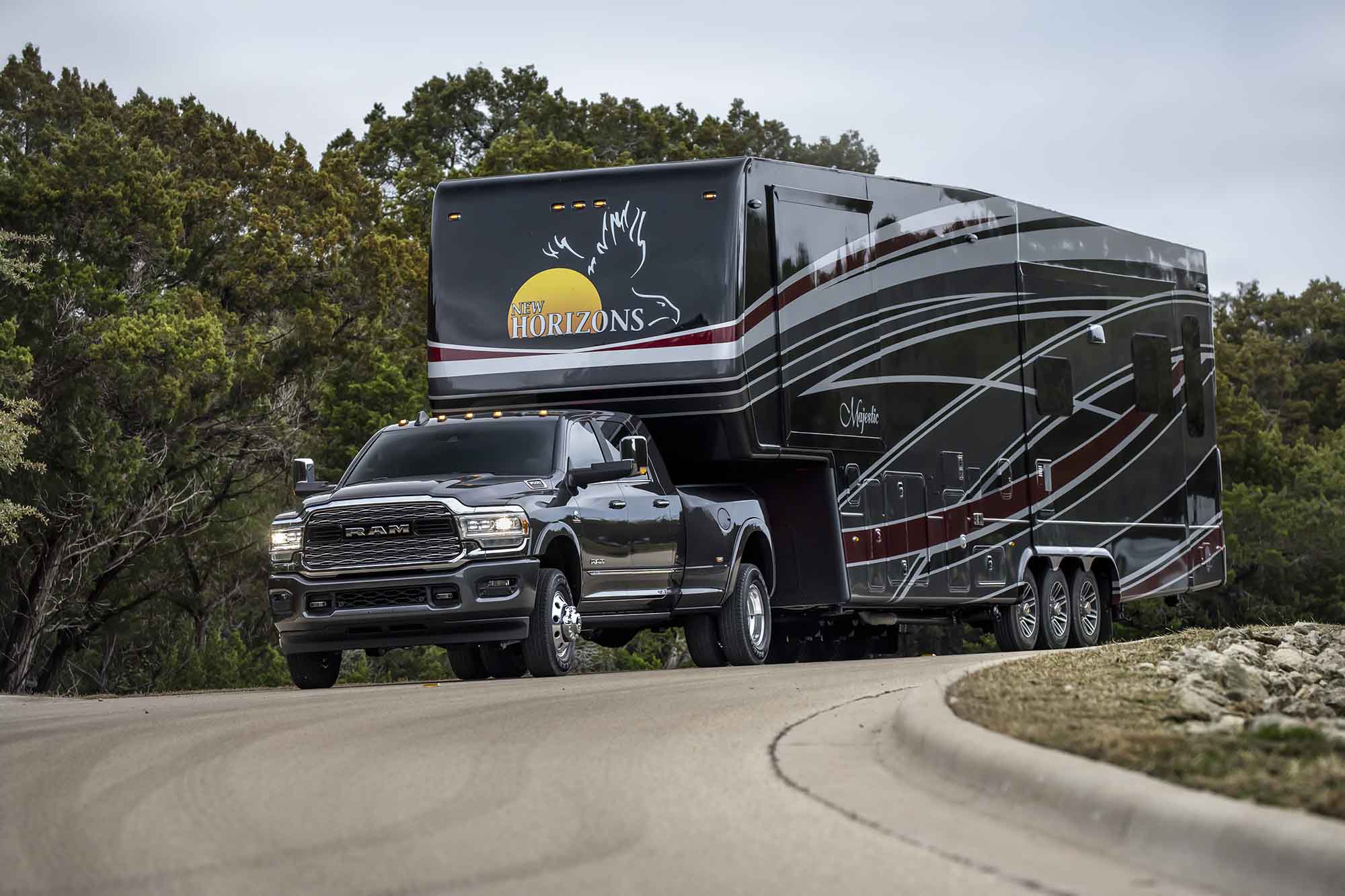
Load ratings are often overlooked, but are extremely important if you regularly tow or haul heavy loads. Overloaded tires can fail in a spectacular fashion and lead to a loss of vehicle control.
Don’t Forget About Load Ratings
Load ratings are another vital consideration when buying tires. You want to make sure that the tires you buy can safely carry the weight of your vehicle and its load. How do you do this? Thankfully, it is easy. Modern LT tires come with load ratings ranging from B-F with C, D, and E being the most common. This load rating and the exact weight the tire can carry is printed right on the sidewall of the tire. This is the weight one tire can carry. You will need to multiply that figure by four (or six if you have a dually) to get the total weight carry capacity of the tires.
Load ratings deal with the total weight your vehicle is carrying. A 7,500-pound Ford Super Duty might come in well under the limit of a set of Load Range E tires. But if you put a 3,000-pound load in the bed and add a trailer, you can quickly get near the limits. Know the weight of your vehicle and how much weight you intend to carry in it to match load ranges appropriately.
Sidewall Strength
The vast majority of modern tires use radial construction. Compared to bias-ply tires, radial tires handle better, don’t flat spot, last longer, and have a better ride. There are also a lot more options when it comes to radial tires. So why do bias-ply tires still exist? Mostly, they are still around because of their extremely tough sidewalls. For a dedicated trail rig that doesn’t see much pavement, a bias-ply can still be a good choice.
While bias-ply tires might have tougher sidewalls, radial tires are no slouches in the sidewall department. A high-quality, properly-engineered radial tire from a respected manufacturer is plenty tough. You do need to be aware that some radial tires have two-ply sidewalls, while others have three. Two-ply sidewalls are okay if you are mostly on the pavement with occasional mild off-roading. For tougher terrain, always go with a three-ply sidewall.
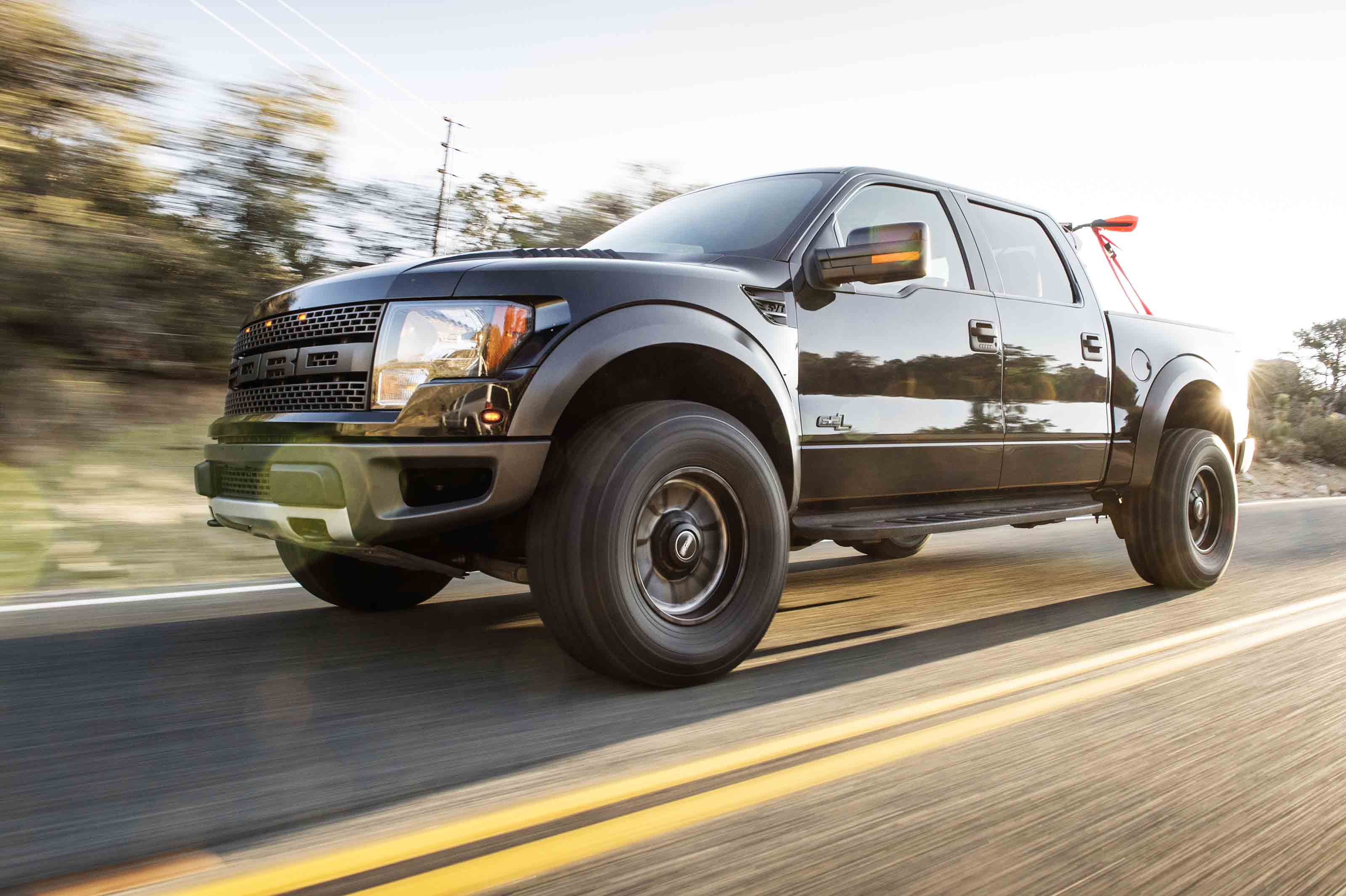
All-terrain tires are a better option for those that spend lots of time on the pavement. They last longer and are quieter than any other tire option. And, they can be had with treadwear warranties that guarantee they will last.
Wear Warranties
Treadwear warranties are worth looking into if you rack up the miles. They guarantee that a tire will last for a specific mileage. But, like any warranty, you need to read the fine print. Usually, most warranties will want proof that you rotated your tires, kept the vehicle aligned, and have met other conditions. And, don’t think that you will get a free set of tires if yours wear out before the guaranteed mileage. Treadwear warranties are pro-rated like battery warranties.
Another thing to remember is that tire companies get that longer tread life via a harder compound. The harder the rubber in a tire is, the longer it lasts. But, a harder compound also gives up grip and traction. This is why deciding what is important in a tire to you is critical. Are you willing to give up some off-road performance for extra tread life? Only you know the answer to that question.
Are Mud-Terrain Tires Right For You?
Everyone loves mud-terrain tires. They look aggressive and right at home on the trail, but mud-terrains are specialized tires. As their name suggests, they excel in the mud. Their large void areas and aggressive treads help them shed mud and claw right through it. The bigger lugs of mud-terrain tires also provide more grip on rocky, technical trails. And, many mud-terrains extend the tread down the sidewall, aiding puncture resistance too.
All of that is great, but there are some drawbacks to mud-terrain tires. First, the more aggressive a tread is, the faster it wears. This means that mud-terrain tires can wear significantly quicker than their milder counterparts. That can be a big deal if you drive a lot as it means you are spending more money more often. Mud-terrain tires also make more noise on the road. It might not sound like an issue, but you might think otherwise four hours into a road trip. Mud-terrains also don’t perform well on snowy, icy roads, and they dig rather than float on the sand. The truth about mud-terrain tires is that they aren’t as versatile as other tires. But no other type of tires can match their performance in mud and on technical terrain.
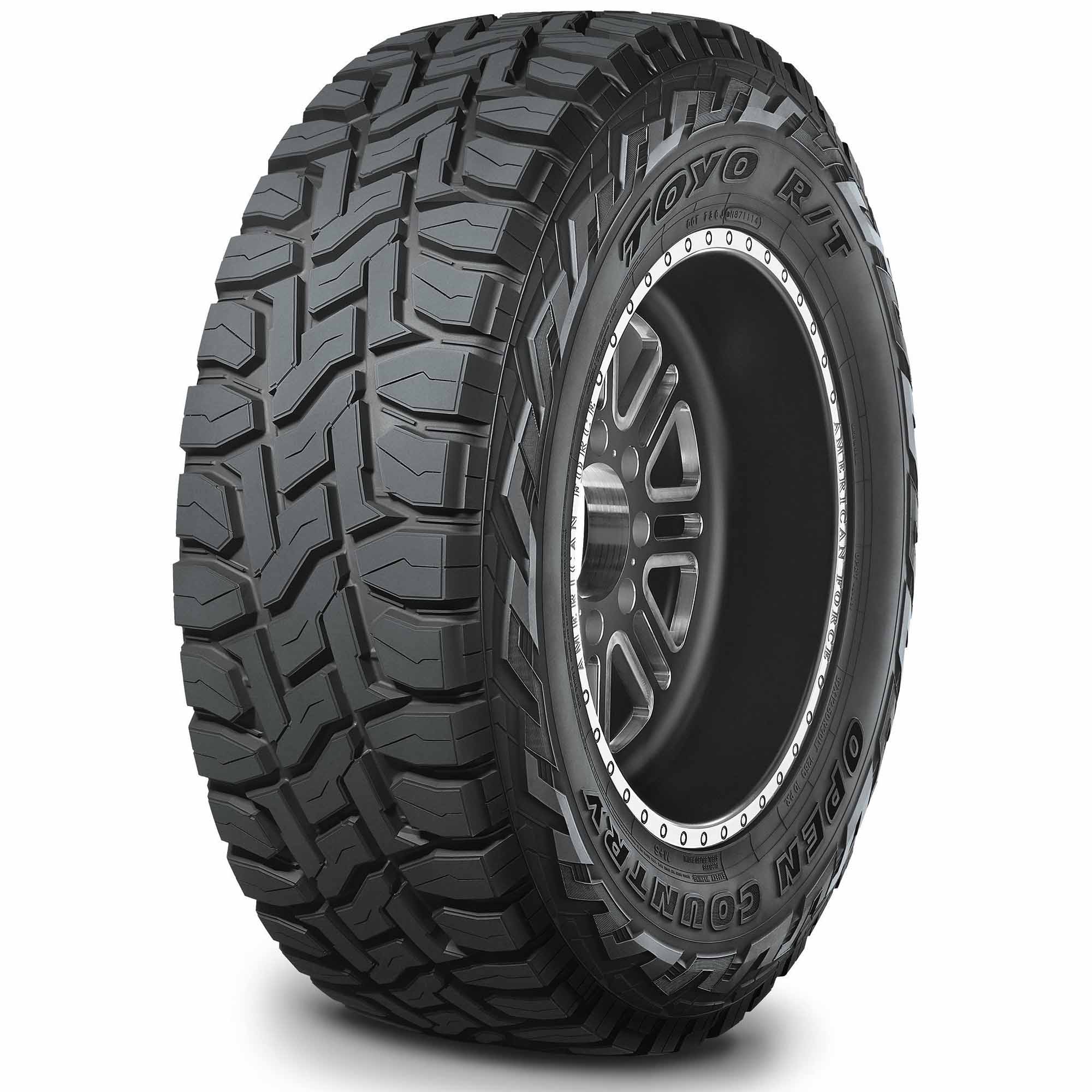
Are hybrids, like this Toyo Open Country R/T, the perfect tires? Again, it really depends upon what you are looking for in a tire and what terrain you will regularly encounter. Only you can figure that out.
Are All-Terrain Tires Better For You?
All-terrain tires are almost the exact opposites of mud-terrains. All-terrains are a lot quieter on the street than mud-terrains. They also last longer too. How many more miles can you get out of an all-terrain tire? There are a lot of variables such as vehicle weight, if you rotate your tires, if you keep your vehicle aligned, and more. But usually, you can get at least 20,000 more miles out of all-terrain tires over mud-terrains. All-terrain tires will float in the sand and perform a lot better on snowy, icy roads. Your gas mileage will also be slightly better with an all-terrain tire as there is less rolling resistance.
Overall, all-terrain tires are more versatile than mud-terrains. They are a better choice for anyone that uses their vehicle as a daily driver. Since they last longer, they are also better for anyone that drives a decent amount. But don’t think all-terrain tires are just for the highway. They can still perform well in the dirt too. But, ultimately their Achilles’ Heel is mud. They can handle a bit, but will quickly clog in stickier, deeper mud.
Are Hybrid Terrains The Perfect Tire?
With all-terrain and mud-terrain tires being polar opposites, tire manufacturers decided to try to split the difference with hybrid-terrain tires. As you might guess, they sit in-between mud-terrains and all-terrains in terms of performance and capabilities. A hybrid tire will last longer than a mud-terrain, but not as long as an all-terrain. Hybrids are quieter than mud-terrains on the pavement but louder than all-terrains. They can handle more mud than an all-terrain, but not as much as a dedicated mud-terrain. Hybrids are correctly named because they are a blend of both mud and all-terrain tires.
So are hybrids the perfect tires? For those that like the characteristics of an all-terrain tire but sometimes encounter mud, hybrids are perfect. If you are regularly in mud and on technical trails, a mud-terrain tire is going to work better. And, if you hardly ever encounter mud and put on lots of miles, we would stick with an all-terrain. Once again, being honest with yourself about how you use your vehicle and your needs is going to be the best way to select a tire.



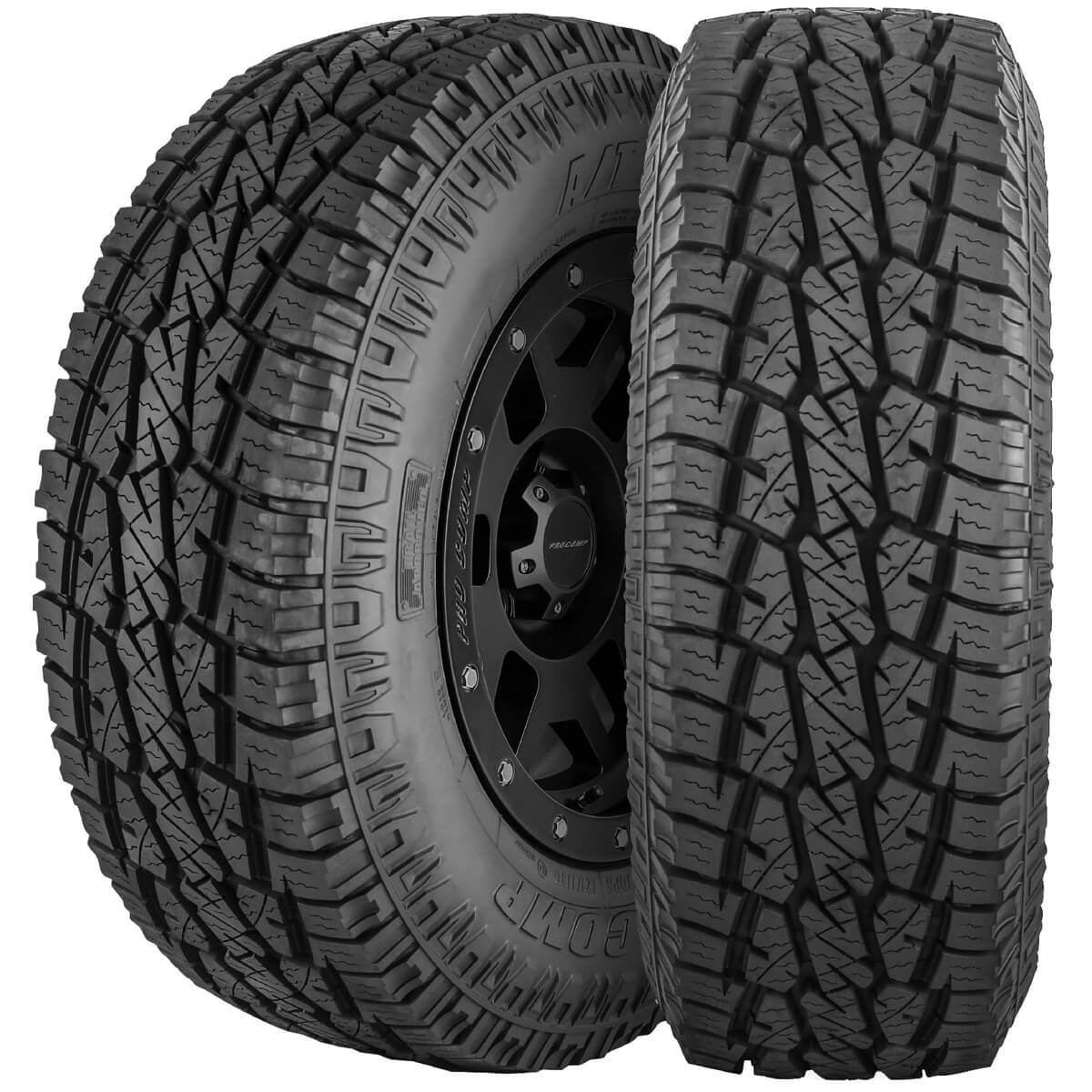

2